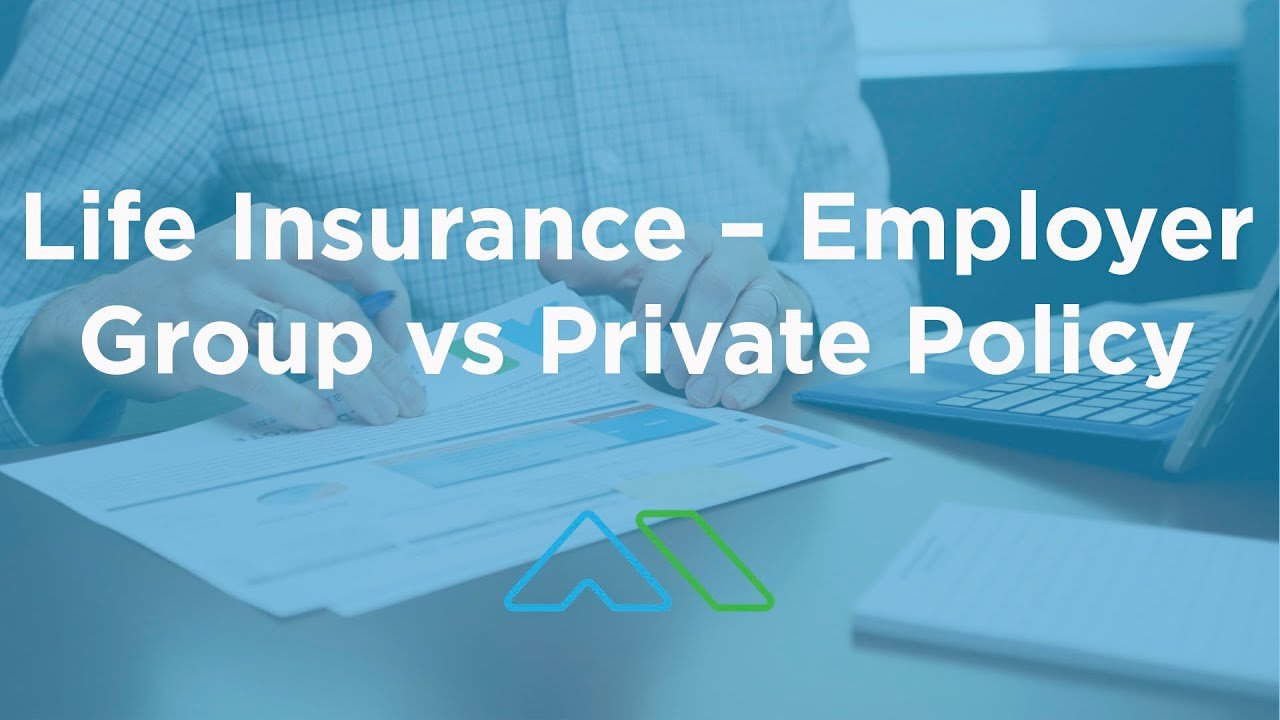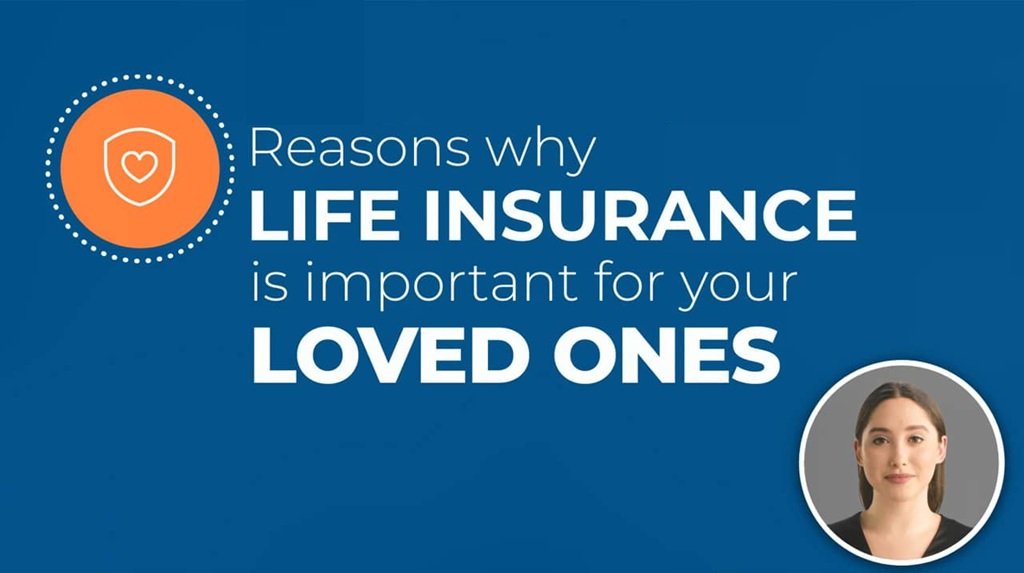Originally posted on September 21, 2025 @ 11:55 AM
Employer-Provided Life Insurance vs Private Policies in America: Life insurance is one of the most important financial decisions you can make. It provides peace of mind, knowing your loved ones will be financially secure if something unexpected happens. In America, workers often face two primary options: employer-provided life insurance vs private policies. While both offer valuable benefits, they differ in coverage, flexibility, and costs. Understanding these differences helps you make an informed choice that fits your family’s financial needs.
What Is Employer-Provided Life Insurance?
Employer-provided life insurance, sometimes called group life insurance, is coverage offered through your workplace. Many companies provide this as part of their employee benefits package.
Here are its common features:
Basic coverage: Often free or low-cost to employees.
Coverage limit: Typically 1–2 times your annual salary. Some employers cap coverage at $50,000 or $250,000.
Supplemental coverage: Employees may buy extra insurance at group rates.
No medical exams: Enrollment is simple, usually automatic.
Employer life insurance is a convenient starting point, but its limitations can leave gaps in protection.
What Are Private Life Insurance Policies?
Private life insurance is purchased directly from an insurance company or broker, independent of your job. Unlike group coverage, private policies are fully customizable.
Types of private life insurance include:
Term Life Insurance: Affordable coverage for a fixed period (10–30 years). Perfect for young families and homeowners.
Whole Life Insurance: Permanent coverage that builds cash value over time. Good for long-term financial planning.
Universal Life Insurance: Flexible premiums and adjustable death benefits.
Because private insurance is not tied to your employer, it stays with you no matter where your career takes you.
Employer-Provided Life Insurance vs Private Policies: Key Comparisons
1. Coverage Limits
Employer-provided: Typically low, often capped at 1–2 years of salary. This may not be enough to cover debts, mortgages, and long-term family needs.
Private policies: Can be customized to millions of dollars, ensuring your family is fully protected.
👉 If your family relies heavily on your income, private insurance usually offers more comprehensive security.
2. Flexibility
Employer-provided: Coverage usually ends when you leave your job. Some policies are convertible to private ones, but at higher costs.
Private policies: Fully portable. You keep your coverage regardless of job changes, layoffs, or retirement.
👉 Private insurance provides stability across career transitions.
3. Costs
Employer-provided: Basic coverage is free or very cheap. Supplemental coverage is often affordable because it’s offered at group rates.
Private policies: Premiums vary based on age, health, lifestyle, and coverage amount. Younger, healthier applicants often get low rates.
👉 Employer-provided insurance is budget-friendly, but private policies give you long-term value.
4. Control & Customization
Employer-provided: Limited options. Few or no riders for critical illness, disability, or child coverage.
Private policies: Highly customizable. Add riders, choose policy length, and adjust coverage for specific goals like college funding or estate planning.
👉 Private policies let you tailor coverage to your unique situation.
Pros and Cons of Each Option
Employer-Provided Life Insurance
✅ Free or inexpensive basic coverage
✅ Easy to qualify with no medical exams
❌ Coverage ends with job changes
❌ Limited amounts may not protect your family fully
Private Life Insurance
✅ Flexible, portable, and long-term
✅ Higher coverage amounts available
❌ Premiums may be higher than group plans
❌ Requires a medical exam for the best rates
Which Option Is Right for You?
The choice between employer-provided life insurance vs private policies depends on your stage in life and financial responsibilities.
Young professionals: Employer-provided coverage may be enough at first, but consider adding private insurance early when premiums are low.
Parents with children: Private life insurance ensures long-term protection for your kids’ education and living expenses.
Homeowners: Private policies can cover mortgage debt and provide financial security if you’re gone.
Job changers or freelancers: Private insurance is essential since employer coverage ends when you leave.
For many Americans, the best strategy is combining both—using employer-provided coverage as a foundation and supplementing with a private policy for full protection.
Conclusion
Both employer-provided and private life insurance play important roles in financial planning. Employer policies offer convenience and affordability but usually fall short in long-term protection. Private life insurance, though more expensive, provides flexibility, portability, and the coverage your family truly needs.
Ultimately, the best decision is one that aligns with your family’s financial goals and future security. Many Americans find the most effective approach is to keep their employer-provided coverage while also purchasing a private policy for complete peace of mind.
FAQs
1. Is employer-provided life insurance enough?
Not usually. It often covers just 1–2 years of salary, which may not meet your family’s long-term needs.
2. Can I keep my employer coverage after leaving a job?
Most policies end when you leave, though some can be converted at a higher cost.
3. Why should I consider private life insurance?
It offers higher coverage amounts, portability, and customization for long-term protection.
4. Are private policies more expensive than employer coverage?
Yes, but they provide greater value and stability over your lifetime.
5. Should I have both employer and private insurance?
Yes. Many Americans use employer-provided life insurance as a base and supplement it with private policies.


